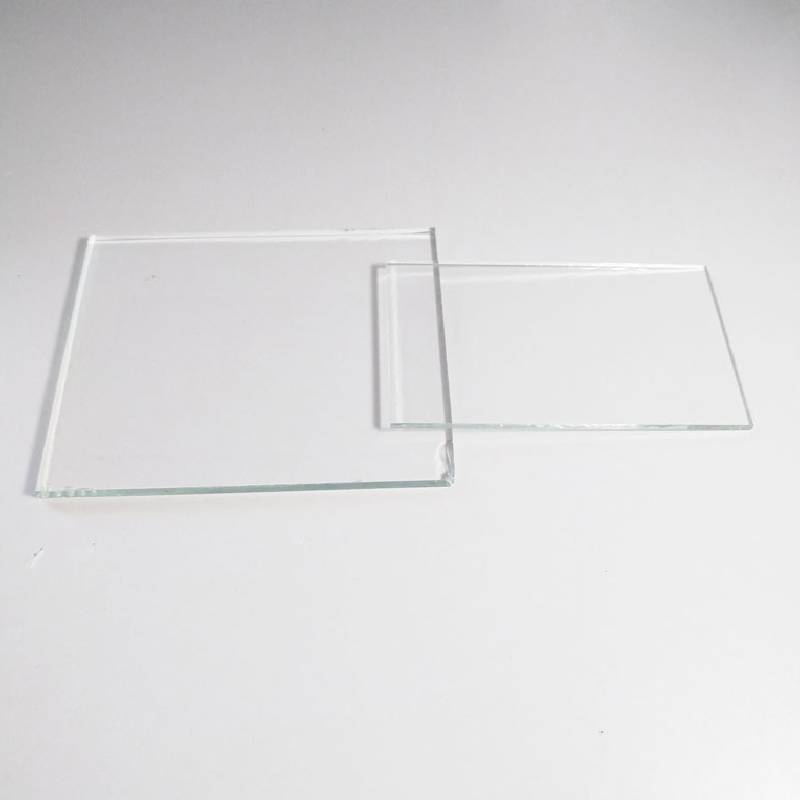Transparent Glass A Clear Reflection of Modern Innovation
In the realm of architectural design and modern technology, transparent glass has emerged as a fundamental material that encapsulates the essence of contemporary innovation. From skyscrapers that kiss the clouds to intricate furniture designs, transparent glass is not merely a building block; it is a symbol of openness, creativity, and functionality. This article explores the multifaceted nature of transparent glass, shedding light on its properties, applications, and the future it heralds.
Properties of Transparent Glass
Transparent glass is defined by its remarkable ability to allow light to pass through while remaining clear. This quality is a result of the unique composition of silica and other additives that are heated to high temperatures, forming a solid yet delicate substance. Among its key properties are
1. Optical Clarity The ability to transmit light with minimal distortion makes transparent glass ideal for a variety of applications, including windows, art installations, and display cases.
2. Durability While it may seem fragile, glass possesses significant structural integrity when treated and manufactured correctly. Advanced processes have led to the development of tempered and laminated glass, enhancing its resistance to impact and extreme weather conditions.
3. Energy Efficiency Modern advancements in glass manufacturing have birthed energy-efficient options, such as low-emissivity (Low-E) glass, which minimizes the amount of ultraviolet and infrared light that can pass through while maximizing natural light. This characteristic contributes to reduced heating and cooling costs in buildings.
4. Aesthetic Appeal The sleek and polished appearance of transparent glass transcends traditional design constraints, offering architects and designers creative freedom to experiment with shapes, sizes, and combinations with other materials.
Applications in Architecture and Design
The uses of transparent glass extend far beyond mere windows
. In architectural design, it plays a pivotal role in creating spaces that foster interaction between the indoors and outdoors. Large glass facades not only enhance visibility but also invite natural light, promoting a sense of openness and connectivity to nature.
transparent glass
In urban landscapes, transparent glass has become a crucial component of modern skyscrapers, allowing buildings to reflect their surroundings and adapt visually to changing light conditions throughout the day. Iconic structures like the Apple Park in Cupertino and the Louvre Pyramid in Paris exemplify the transformative impact of glass in architecture. These designs use glass not just for functionality but also as a language of modernity and innovation.
The Role of Transparent Glass in Technology
Transparent glass finds its way into various technological applications as well. For instance, smart glass technology allows for the transition from transparency to opacity at the flick of a switch. This innovation is particularly useful in privacy settings for offices and homes, enabling users to control how much they reveal to the outside world. Furthermore, transparent displays are emerging in consumer electronics, from TVs to futuristic holographic projections, transforming our interaction with technology.
Green technologies are also significantly impacted by advancements in glass design. Solar glass, integrated into building designs, captures solar energy while serving as a transparent façade, creating buildings that generate their own energy while incorporating educational elements into their infrastructure.
Future Prospects
As we look toward the future, the potential of transparent glass seems limitless. With ongoing research in nanotechnology and materials science, we may soon see the rise of self-cleaning glass, anti-fogging coatings, and even glass with enhanced insulation properties. The incorporation of biophilic design principles, which emphasize the connection between humans and nature, will likely further influence how transparent glass is used in sustainable architecture.
Moreover, the environmental concerns surrounding traditional construction materials have initiated a shift towards glass recycling and sustainable sourcing, making transparent glass an increasingly responsible choice in building practices.
Conclusion
Transparent glass stands as a testament to human ingenuity and adaptability. Its versatility transcends practical applications, enriching the aesthetic landscape of our built environment. As technology evolves, we can anticipate more innovative uses for this extraordinary material, seamlessly integrating it into a sustainable future. In a world where clarity is essential—both literally and metaphorically—transparent glass illuminates the path forward, fostering a connection between the spaces we inhabit and the world around us. Whether in towering skyscrapers or intricate art pieces, this remarkable material continues to redefine our understanding of structure, light, and design.
 Afrikaans
Afrikaans  Albanian
Albanian  Amharic
Amharic  Arabic
Arabic  Armenian
Armenian  Azerbaijani
Azerbaijani  Basque
Basque  Belarusian
Belarusian  Bengali
Bengali  Bosnian
Bosnian  Bulgarian
Bulgarian  Catalan
Catalan  Cebuano
Cebuano  Corsican
Corsican  Croatian
Croatian  Czech
Czech  Danish
Danish  Dutch
Dutch  English
English  Esperanto
Esperanto  Estonian
Estonian  Finnish
Finnish  French
French  Frisian
Frisian  Galician
Galician  Georgian
Georgian  German
German  Greek
Greek  Gujarati
Gujarati  Haitian Creole
Haitian Creole  hausa
hausa  hawaiian
hawaiian  Hebrew
Hebrew  Hindi
Hindi  Miao
Miao  Hungarian
Hungarian  Icelandic
Icelandic  igbo
igbo  Indonesian
Indonesian  irish
irish  Italian
Italian  Japanese
Japanese  Javanese
Javanese  Kannada
Kannada  kazakh
kazakh  Khmer
Khmer  Rwandese
Rwandese  Korean
Korean  Kurdish
Kurdish  Kyrgyz
Kyrgyz  Lao
Lao  Latin
Latin  Latvian
Latvian  Lithuanian
Lithuanian  Luxembourgish
Luxembourgish  Macedonian
Macedonian  Malgashi
Malgashi  Malay
Malay  Malayalam
Malayalam  Maltese
Maltese  Maori
Maori  Marathi
Marathi  Mongolian
Mongolian  Myanmar
Myanmar  Nepali
Nepali  Norwegian
Norwegian  Norwegian
Norwegian  Occitan
Occitan  Pashto
Pashto  Persian
Persian  Polish
Polish  Portuguese
Portuguese  Punjabi
Punjabi  Romanian
Romanian  Russian
Russian  Samoan
Samoan  Scottish Gaelic
Scottish Gaelic  Serbian
Serbian  Sesotho
Sesotho  Shona
Shona  Sindhi
Sindhi  Sinhala
Sinhala  Slovak
Slovak  Slovenian
Slovenian  Somali
Somali  Spanish
Spanish  Sundanese
Sundanese  Swahili
Swahili  Swedish
Swedish  Tagalog
Tagalog  Tajik
Tajik  Tamil
Tamil  Tatar
Tatar  Telugu
Telugu  Thai
Thai  Turkish
Turkish  Turkmen
Turkmen  Ukrainian
Ukrainian  Urdu
Urdu  Uighur
Uighur  Uzbek
Uzbek  Vietnamese
Vietnamese  Welsh
Welsh  Bantu
Bantu  Yiddish
Yiddish  Yoruba
Yoruba  Zulu
Zulu 

